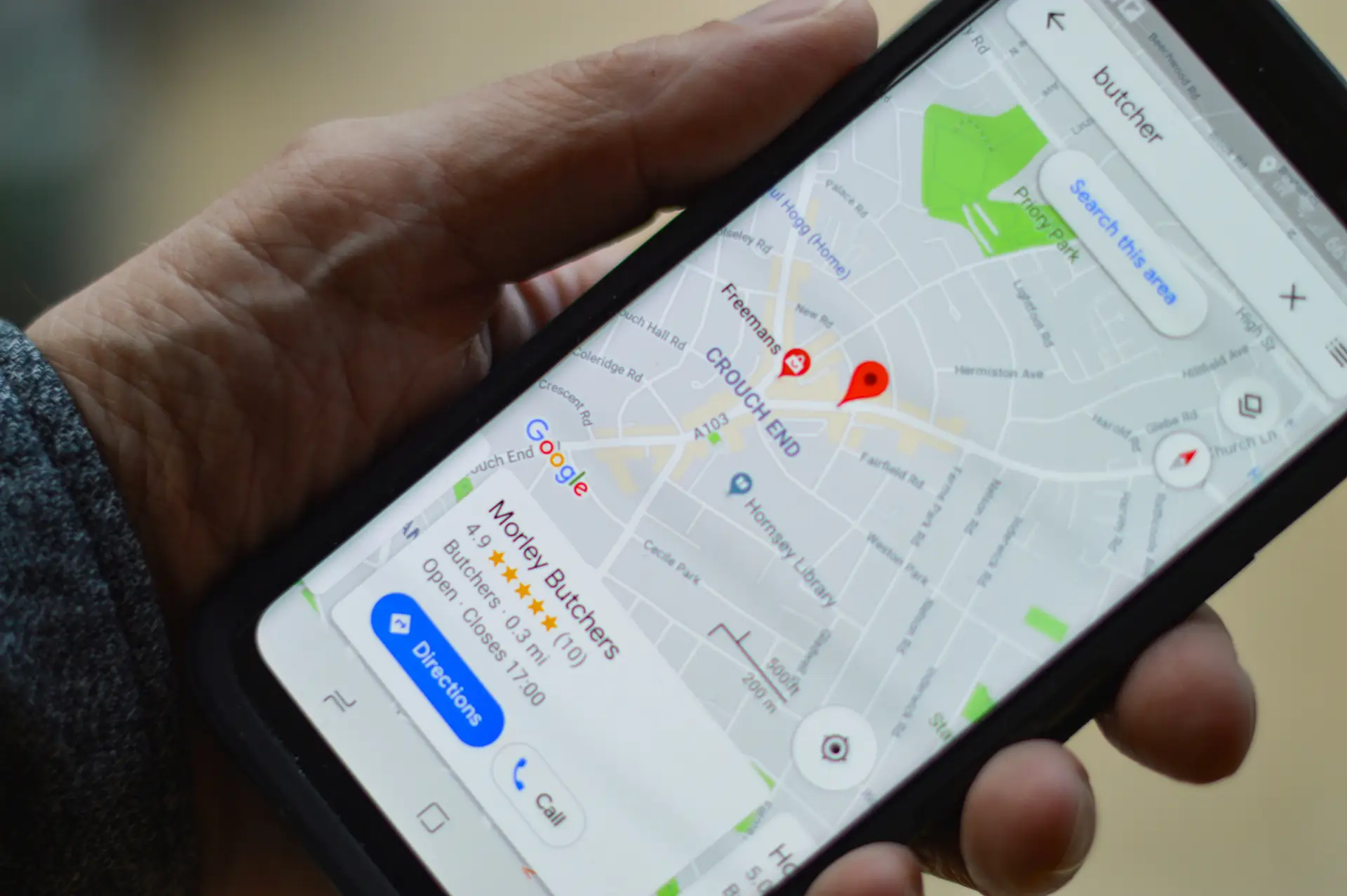How Has Technology Transformed Traditional Service Industries?
Introduction
Traditional service industries encompass sectors that primarily provide services rather than goods, playing a critical role in the economy and everyday life. Examples include hospitality, retail, healthcare, and banking. As the world has rapidly advanced, the significance of technology has only grown. It has revolutionized the way businesses operate, fundamentally altering the landscape of traditional service industries. This article explores how technology has transformed these areas, with a central focus on “services” and the impact of various technological innovations on service delivery.
I. Overview of Traditional Service Industries
A. Definition and Examples
Traditional service industries consist of sectors that prioritize customer-oriented services over tangible products. These include:
-
Hospitality (hotels, restaurants): Offering experiences and accommodations is at the heart of hospitality. Customers expect personalized services, clean environments, and culinary delights.
-
Retail (stores, customer service): Retail service providers focus on selling goods directly to consumers while ensuring pleasant shopping experiences.
-
Health Care (clinics, hospitals): Focused on providing medical services, healthcare relies heavily on personal interactions and direct service delivery.
-
Banking and Finance (branches, customer support): Traditional banks provided financial services through physical branches with personalized customer interaction and support.
B. Characteristics of Traditional Service Delivery
In the past, traditional service industries operated primarily based on three core characteristics:
-
In-person Interaction: High reliance on face-to-face communication was crucial in building trust and rapport with customers.
-
Manual Processes: Services were often provided through time-consuming manual methods, requiring employees to handle transactions and inquiries directly.
-
Limited Data Utilization: Businesses collected minimal data on customer preferences and behaviors, reducing the ability to tailor services effectively.
II. The Role of Technology in Service Transformation
A. Introduction to Technology in Service Delivery
 Technology refers to the application of scientific knowledge for practical purposes, particularly in industries. In the context of services, technology has profoundly enhanced operations, customer engagement, and service delivery efficiency.
Technology refers to the application of scientific knowledge for practical purposes, particularly in industries. In the context of services, technology has profoundly enhanced operations, customer engagement, and service delivery efficiency.
-
Definition of Technology in the Service Context: Technology in services includes digital tools, software applications, and platforms designed to optimize service delivery by improving efficiency, scalability, and customer experience.
-
Types of Technology Impacting Services: Several key technological advancements have reshaped services:
-
Automation and AI: Automation streamlines routine tasks, while artificial intelligence enhances decision-making, customer support, and personalization. For example, chatbots provide immediate customer service, reducing wait time and enhancing user experience.
-
Mobile Applications: The rise of smartphones has led to increased reliance on mobile apps for various services - from ride-sharing to food delivery and banking. These apps empower users with convenience at their fingertips.
-
Big Data and Analytics: With the advent of big data, businesses can gather extensive customer insights, allowing for tailored marketing strategies and improved service offerings based on consumer preferences and trends.
-
Cloud Computing: Cloud technology offers the flexibility and scalability that service businesses need to manage operations efficiently without the heavy infrastructure costs associated with traditional setups.
-
B. Transformative Impacts of Technology on Service Industries
Technological advancements have transformed service industries in many ways:
-
Enhanced Customer Experience:
- Businesses can now offer personalized services based on detailed customer data, elevating the consumer experience and satisfaction.
- For instance, restaurants use reservation apps to streamline booking processes, enabling customers to secure tables easily.
-
Operational Efficiency:
- Automation of back-end processes has allowed service industries to operate more efficiently. For example, in healthcare, electronic health records reduce paperwork and streamline patient management.
- In retail, inventory management systems optimize stock levels, ensuring customers find what they need.
-
Accessibility and Convenience:
- The integration of online services has made accessibility a key attribute. Customers can now shop, book appointments, and conduct banking transactions from anywhere.
- For example, telemedicine enables patients to consult docs without the need to travel, especially beneficial in rural areas.
-
Improved Communication:
- Enhanced communication tools, such as CRM systems, allow businesses to maintain better relationships with customers, fostering loyalty and trust.
Conclusion
In conclusion, technology has significantly transformed traditional service industries, reshaping how “services” are delivered and perceived. By enhancing customer experiences, increasing operational efficiency, and improving accessibility, technology has enabled businesses to evolve and adapt in an increasingly digital world. The transformation continues as industries explore innovative digital solutions, ensuring they meet the ever-growing expectations of modern consumers. Embracing technology is now no longer optional but essential for survival and growth in the service sector.
For further insights, visit https://www.example.com.










